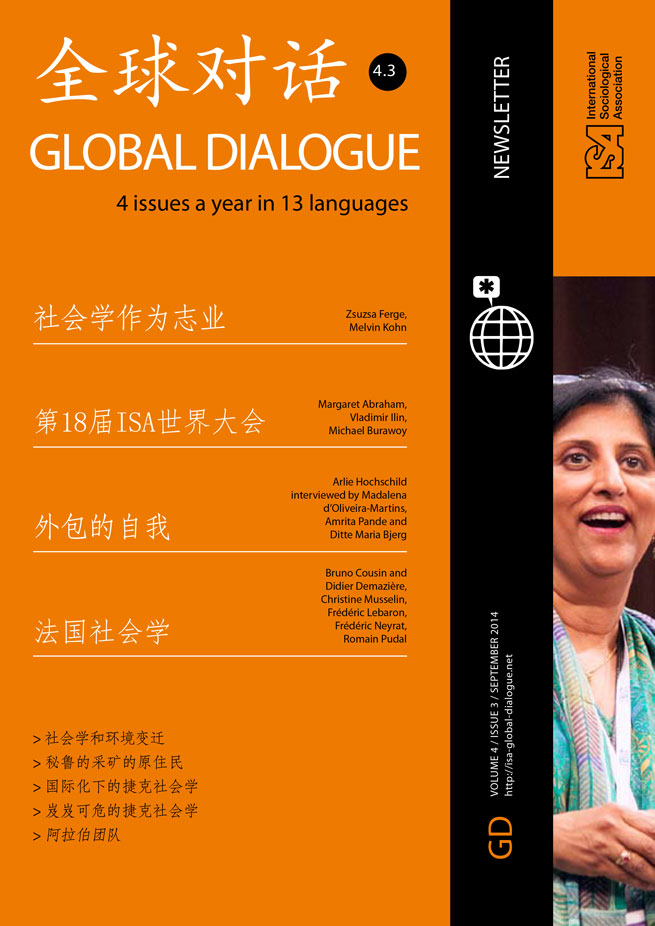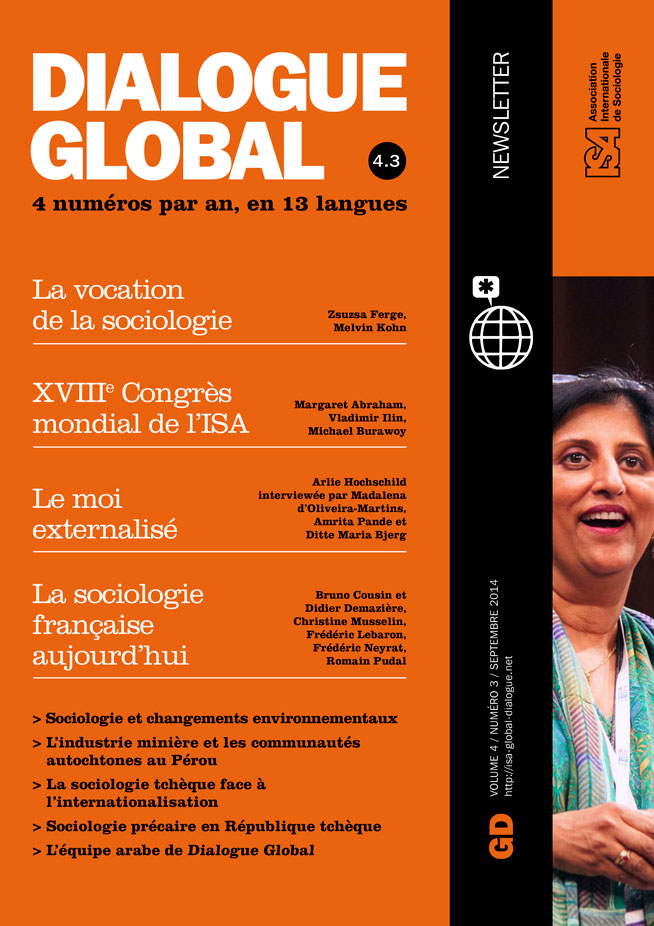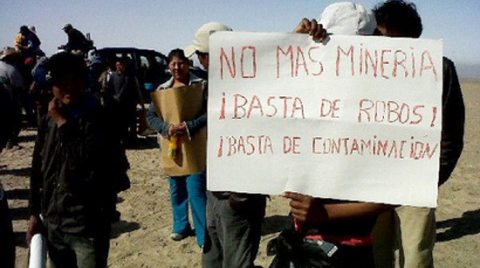Read more about Tackling the Environment

Where is Sociology? Global Environmental Change and the Social Sciences
by Stewart Lockie
September 08, 2014
In recent years, the Peruvian economy has made significant progress, with dynamic rates of GDP growth and low inflation and debt, while maintaining stable exchange rates. According to the International Monetary Fund, Peru is a rising star, as an emerging market noted for its strong growth and low vulnerability.
But, when and why do the rural poor become politically active in a country with outstanding macroeconomic indicators? Peru has the second largest known copper reserves in the world, and mining plays a dominant role in the Peruvian economy, as the sector attracts large foreign investment. Peru’s real GDP growth rate is expected to be 5.3% by the end of 2014, and this growth is forecast to remain firm at an annual average rate of 5% between 2014 and 2017. Yet, surprisingly, the main factor threatening to slow growth is social unrest in reaction to mining projects: delays in projects could result in reduced business confidence, which could in turn threaten the expected investment of US$ 53.4 billion in the mining sector over the next ten years.
For the past six months, I have been working as a sociologist in the second largest copper mining company in Peru. Located in Peru’s most arid region, in the department of Tacna, the company, currently owned and run by Mexicans, started operating in southern Peru in the early 1960s. I live in a secluded mining camp about two hours’ drive from the closest urban center, in a comfortable two-bedroom apartment with air conditioning, warm water, Wi-Fi, and cable TV. I have access to a golf club, a heated swimming pool, tennis courts, gym, and recreation centers. Mine workers who work in the operations division are not allowed to use these facilities, as these are kept for the privileged administrative workers, like myself.
I work six days a week for about twelve hours a day, in an industry considered by many to be Peru’s ticket out of poverty. My job allows me to visit areas of direct and indirect influence. The areas of direct influence are the localities where mining operations are geographically located; the environment of these areas is directly affected by project installations and activities. Areas of indirect influence are the geographic areas outside the operations but are environmentally affected by the mining project.
My job has allowed me to become aware of the fact that the wealth mining operations have brought to national and to local governments has not been evenly distributed to all affected stakeholders, particularly not to local farmers. One of the many questions that have emerged from my time in the field is how do poor communities – sometimes living just fifty miles away from multi-million-dollar mining projects – respond to Peru’s changing landscape? The community I will call Piedra Alta offers yet another demonstration that displacement is the underside of Peru’s dynamic economic growth. The lack of water in the arid coastal southern region of Peru has driven thousands of agricultural families to occupy areas where they can access water to grow their crops, although these occupations are often illegal. Piedra Alta is one such community.
In 2001, with the help of political activists and after repetitive clashes with the police, a group of approximately 600 agricultural families occupied about 10,000 acres of state land, hoping to benefit from water filtration from a tailings dam created for mining waste. The families of Piedra Alta came from the highlands of Tacna and from arid neighboring provinces such as Arequipa, Cusco, Moquegua, and Puno.
Initially, most of the families occupied this land for agricultural purposes only, working the land three times a month. Because getting to Piedra Alta could take up to five days, and because the police raids to evict the peasants took place on random days, the families decided to stay permanently, turning Piedra Alta into their new home. In interviews, many residents described the occupation of this land as a mark of their “entrepreneurial talents,” because they are not only using water that would otherwise be dumped into the ocean, but also investing in infrastructure. Soon after occupying the land, these families organized and financed a six-mile irrigation canal, which allows the flow of up to 1,000 liters of water per second. The Ministry of Health of Peru considers this water safe for the irrigation of crops.
Ironically, tailing dams are often the most significant environmental liability for a mining company, but this tailing dam has become the only option of survival for these peasants. After trying different crops over many years, with unsuccessful results because of the high soil and water salinity levels, the dwellers of Piedra Alta have mastered the cultivation of oregano, which occupies 70% of the land, tara (a native small leguminous tree), and olives.
This agricultural success has gone hand in hand with a tedious process of legalization. Given the complicated legal framework, the legal proceedings involved in the official expropriation of this land took over a decade. On October 2013, the Municipality of Cerro Colorado, which is the province where Piedra Alta is located, declared Piedra Alta an official community. This means that the community can now legally organize, elect their major, and get a percentage of the mining royalties assigned to each region.
The biggest challenges, however, are still to come. The mining company will soon expand its main concentrator plant, doubling the production of copper and using far more water. The environmental plan presented to Peruvian state authorities confirms that the mine will not use more fresh water from river basins. Instead, water from the tailings dam will be recycled. This is good news for environmental activists, but not for Piedra Alta dwellers. What will happen when the treated water stops flowing, because the water is being reused for mining operations? Although they are an official community now, Peruvian laws wash their hands of all responsibility when it comes to water rights. As a result, many Peruvian social conflicts around the mining industry are specifically related to water resources. Furthermore, widespread corruption in Peru’s regional government, including this region, undermines peasants’ confidence: nothing guarantees these people the right to live and work on this land for the next decade.
Sandra Portocarrero, National University of San Marcos, Lima, Peru <svnp86@gmail.com>
This issue is not available yet in this language.
Request to be notified when the issue is available in your language.
If you prefer, you can access previous issues available in your language:













